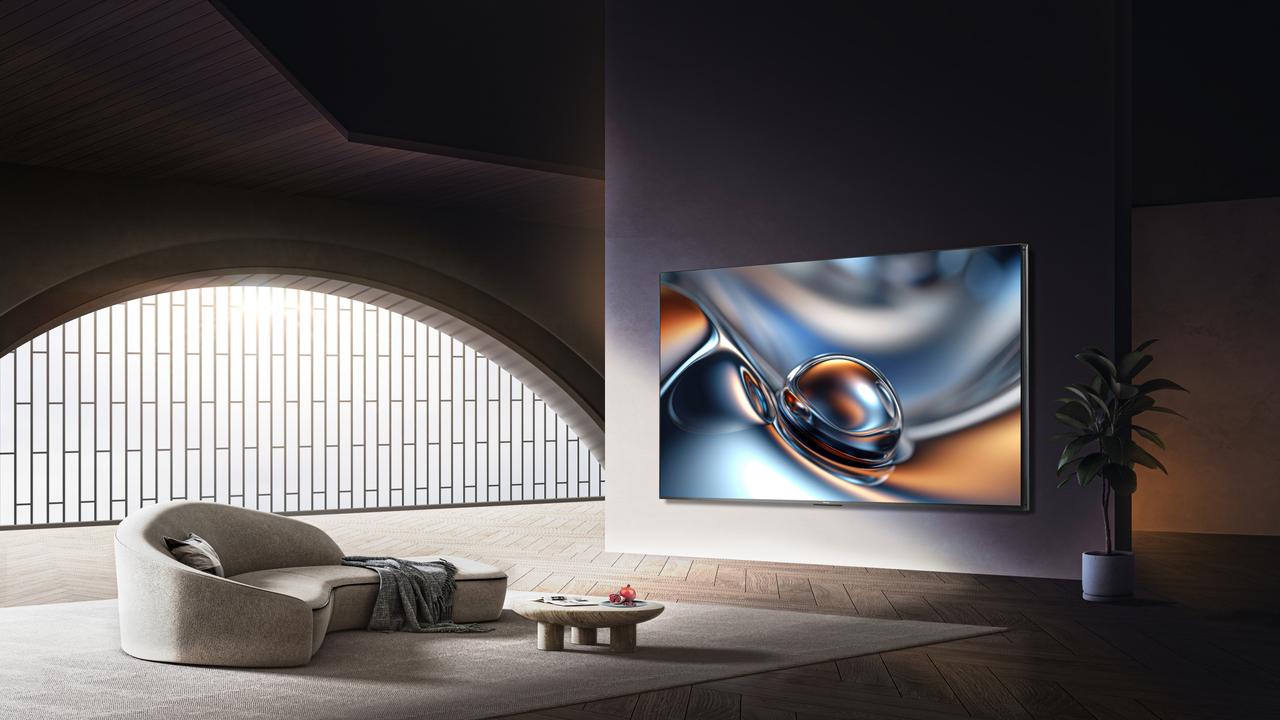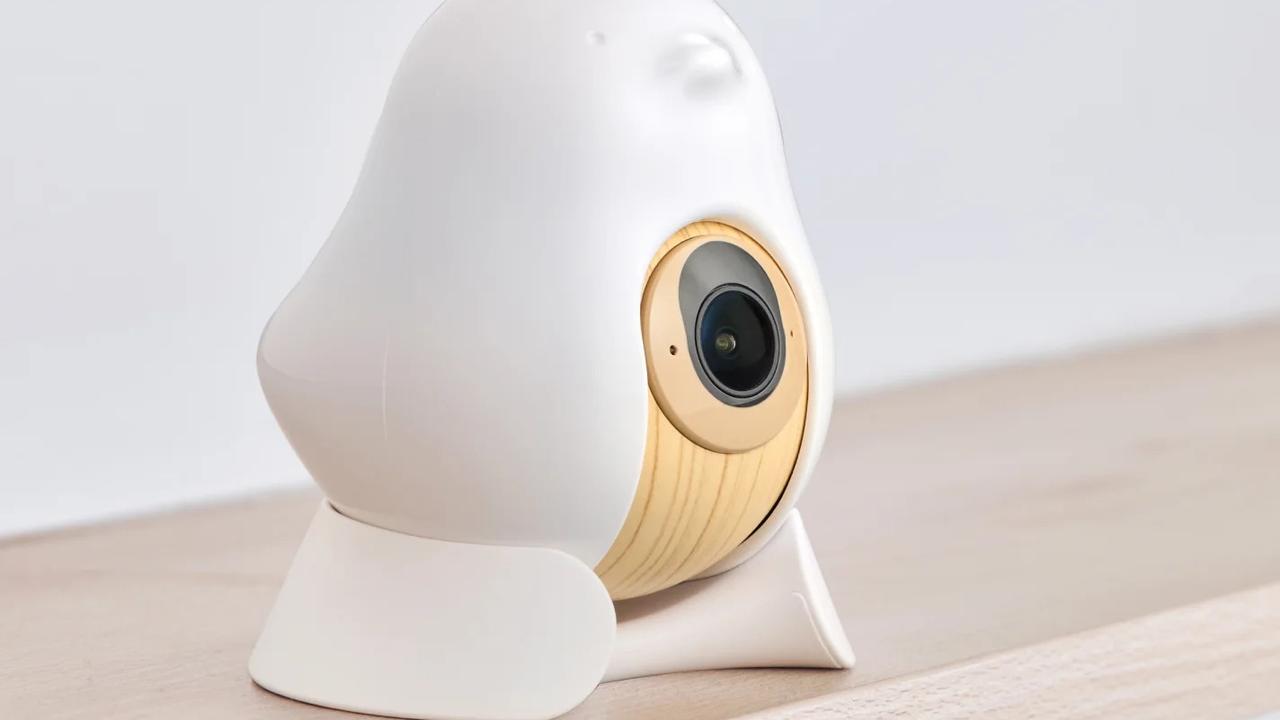NHK 8K TV gives the Olympics a boost
The Japanese public is watching the Olympic Games at a resolution of up to 16 times that of HD telecasts in Australia.
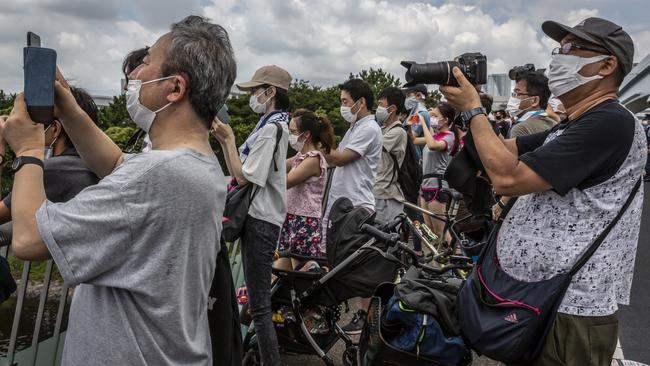
The Japanese public is watching the Olympic Games at a resolution of up to 16 times that of HD telecasts in Australia.
It’s a bit of comfort for beleaguered Japanese spectators who can’t attend Olympic venues in person. They can enjoy satellite broadcasts of the games in 8K.
They can see the sweat trickling down athletes‘ faces and watch their eye movements, on what NHK calls “direct-to-home satellite”.
8K satellite TV isn‘t new in Japan. When The Australian visited NHK’s headquarters in Tokyo in 2019, well before the Olympics, the broadcaster said it had chosen to move beyond 4K to 8K when it researched its technological development in the 1990s.
NHK later conducted demonstration telecasts of sections of the 2012 London Olympics and 2016 Olympics in Rio de Janeiro.
NHK began full broadcasts in December 2018, and there is significant penetration of the 8K TV sets across the country.
“This will be the first Olympics broadcasts on the channels,” an NHK spokesperson said. “We hope to provide viewers with a fully immersive experience that makes them feel like they are watching the events at the venues.”
Not everything is in 8K. Japanese viewers can watch the opening and closing ceremonies, and seven events, including swimming, athletics, and judo in 8K – some 200 hours overall.
“Live broadcasts of sports in 8K has allowed us to fully deliver the attractiveness of the events and the dynamic motions of the athletes,” the spokesperson said.
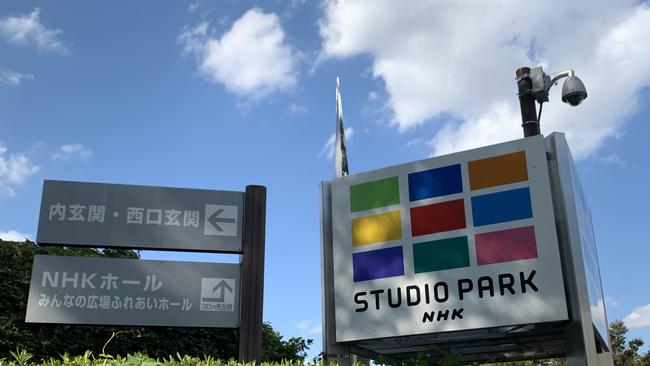
“For example, in broadcasts of ball games, individual players can be identified even when the camera is filming the entire field, making it easier for the viewers to understand how the entire team is playing the match.
“When the camera is filming close-ups of players, details including their eye movements or perspiration can be captured clearly.
“The cameras will be operated so that the best features of 8K will be delivered to our viewers.
“We hope that the viewers will be able to feel like they are watching the Olympics right at the venues, and that we’ll be able to attract more viewers to NHK BS8K.”
NHK trialled 8K sports broadcasting in 2019 when Tokyo hosted the Rugby World Cup.
The broadcaster built mini-auditoriums in shopping centres with massive 440-inch 8K displays that made you feel you were at the venue.
These big 8K screens weren’t a single unit, rather they comprised 288 x 40cm by 45cm screens joined together. NHK created mini stadiums with seating around them.
Sadly, this part of the 8K venture had to be shelved at the Olympics due to the pandemic.
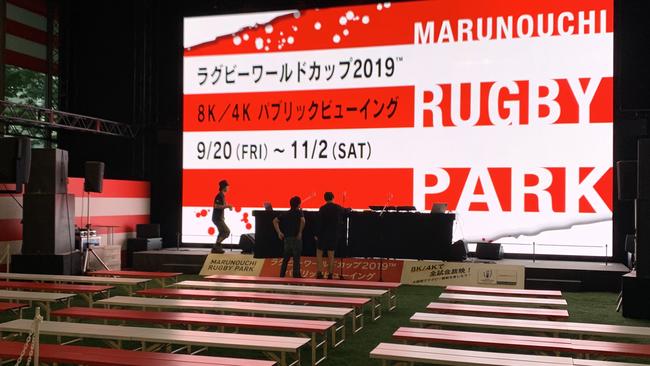
NHK told The Australian it was broadcasting the 8K signal at a rate of about 100 megabits per second, at a fast 60 frames per second for smooth action viewing. The 8K stream is compressed with high efficiency video coding (HEVC) to cram as much information into the stream as possible.
NHK said it would be technically possible to stream 8K broadcasts across the world to other countries’ TV services including to Australia.
One hundred megabits per second is not an issue for those with fast fibre backhaul in Australia; it’s the speed of high end domestic NBN. It can be delivered by satellite. However, the showing of 8K broadcasts outside Japan is a rights issue with organisers firmly enforcing country specific broadcasting agreements.
NHK said it was expanding the use of 8K technology in Japan to film historical and cultural heritage sites including the Hiroshima Atomic Bomb Dome, and ruins of the Great East Japan Earthquake.
“The footage has been broadcast on NHK BS8K programs and preserved as archival material,” the spokesperson said.
“We have also filmed valuable cultural artefacts such as Buddhist statues and recreated a 3DCG (3D computer graphics) model using the extremely high-resolution images. The 3DCG model is now being used for research activities.”

